Last Updated
The US State Department released an extensive document in which it details why American tourists are urged to reconsider traveling to certain parts of Mexico. As we’ve mentioned recently, there are no travel restrictions imposed on Baja California Sur, the state where Los Cabos is located. Still, US authorities recommend that tourists “exercise increased caution” when traveling to Los Cabos.

Los Cabos is located in what is essentially the second tier travel warning level. This tier includes the largest number of Mexican states. In the travel advisory document published by the US State Department Mexican states are divided into 4 tiers. The “Do Not Travel” tier, the name describes exactly what the US government thinks of that particular Mexican state. From there, the third most dangerous level is labeled as the “Reconsider travel to” tier. The second level, from safest to most dangerous, where Baja California Sur was placed is the aforementioned, exercise increased caution when traveling to, level. Finally, only two states are included in the safest level where tourists are advised to take normal precautions.
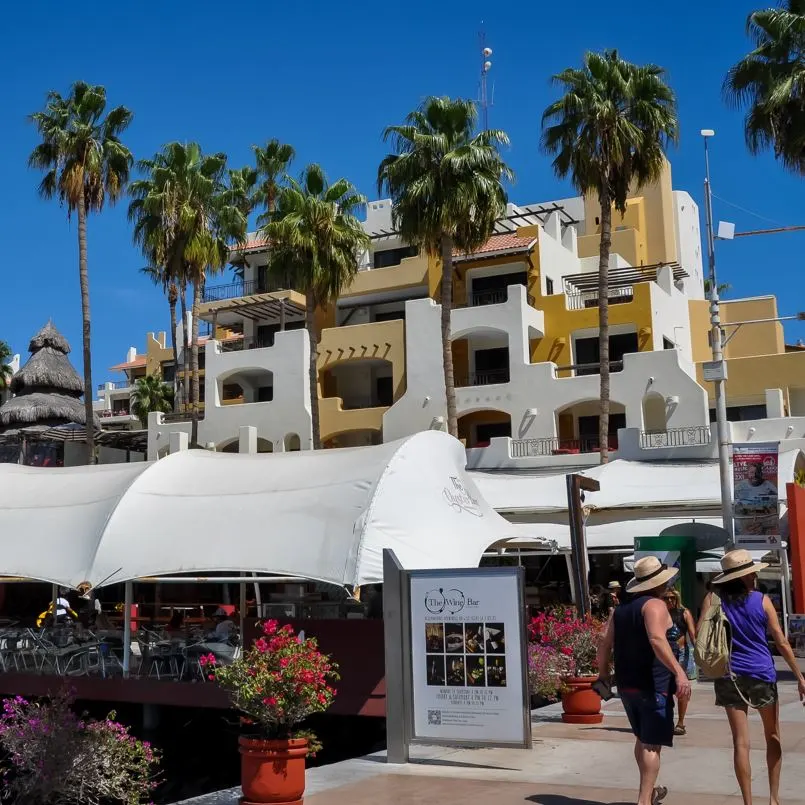
Why Los Cabos Isn’t In The Safest Travel Advisory Tier
According to US authorities Baja California Sur finds itself as a level 2 travel advisory state because, “criminal activity and violence may occur throughout the state.” The document, though, clearly points out that there are currently no travel restrictions imposed on US residents that may want to travel to the popular destinations of Los Cabos, and La Paz. Most of the main tourist destinations in Mexico find their state in this second warning level.
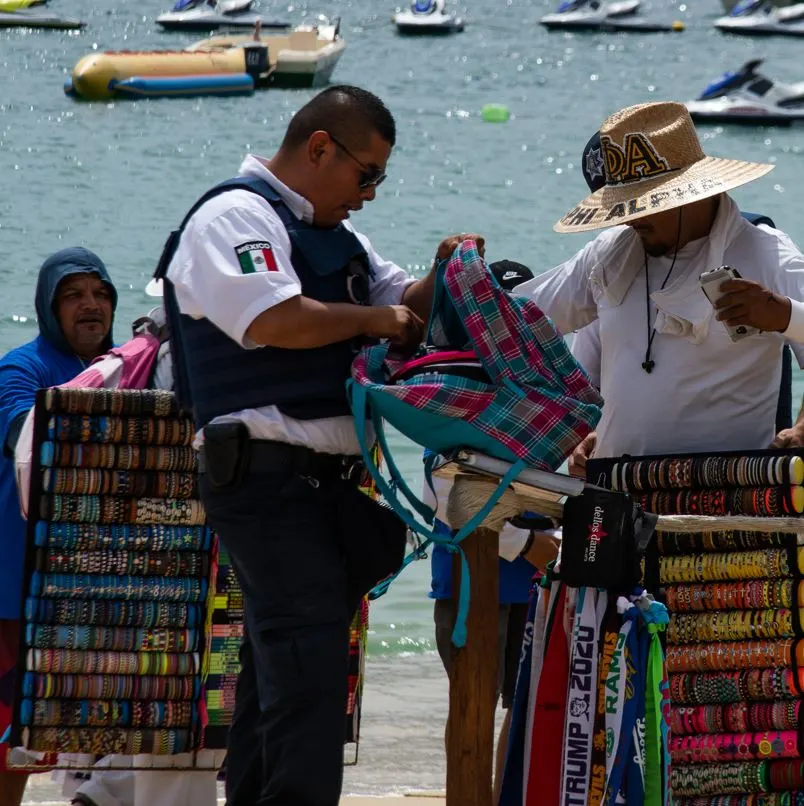
Mexico City is also labeled as a more or less safe city where tourists need to be on the lookout for potential crime related incidents. In the case of Quintana Roo, where Cancun, Tulum, and the entire Riviera Maya region is located, the state is also in this same level. However, this state features an added kidnapping warning.
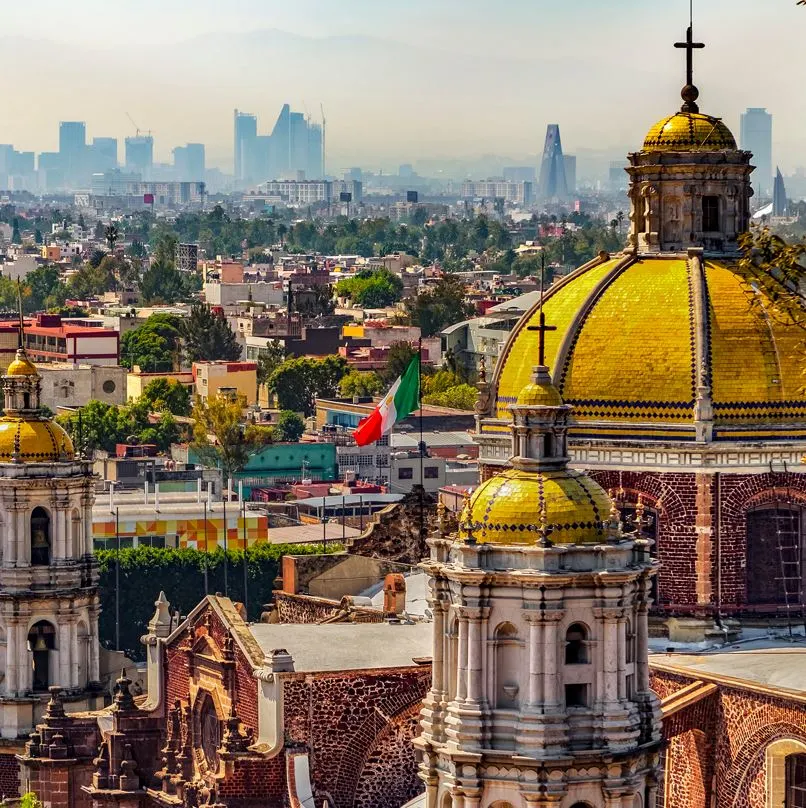
The most compelling case may be that of Puerto Vallarta. The resort town is literally on the border of Nayarit, and Jalisco. Jalisco is in the third level where US authorities urge tourists to reconsider their travel plans. Nayarit, on the other hand, shares Baja California Sur’s travel advisory level. It may be safer to stay in the Nuevo Vallarta side of the resort town which is located in Nayarit as opposed to Puerto Vallarta which is on the Jalisco side.
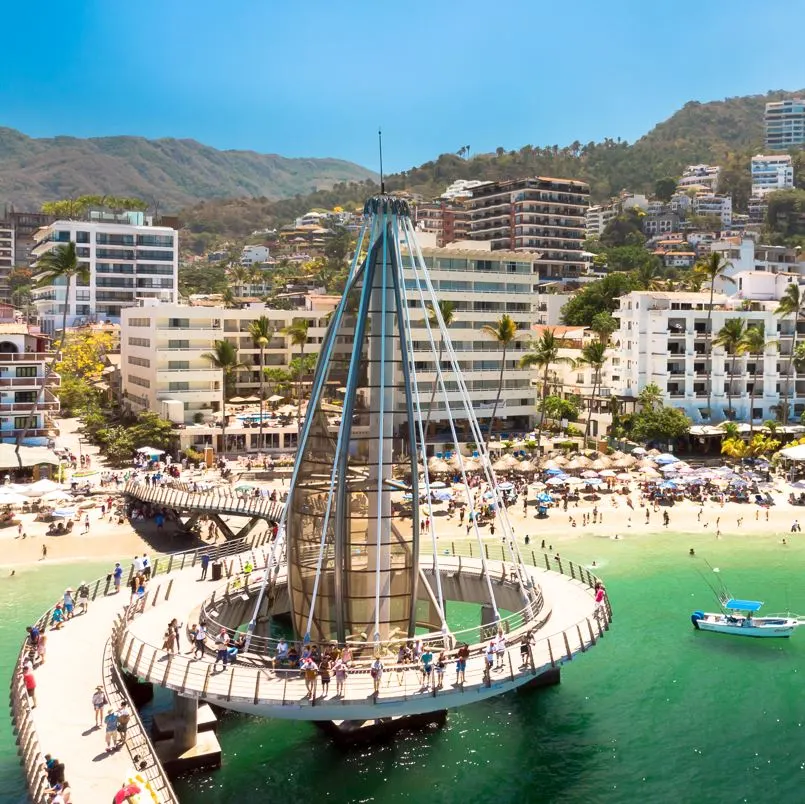
US Authorities Warn Against Traveling To Cabo By Car From San Diego
US authorities do recommend that people that want to come down to Cabo from the US do so by plane or cruise ship. Traveling by car from Tijuana or the Mexicali region is strongly discouraged. That’s not only because Baja California Norte, the top half of the Baja peninsula, is featured in a riskier travel advisory level. The US state department sent out a special warning for travelers going down the 1 highway that goes from Tijuana all the way down to Los Cabos. US authorities made the following official statement recommending that travelers refrain from taking these roads at night,
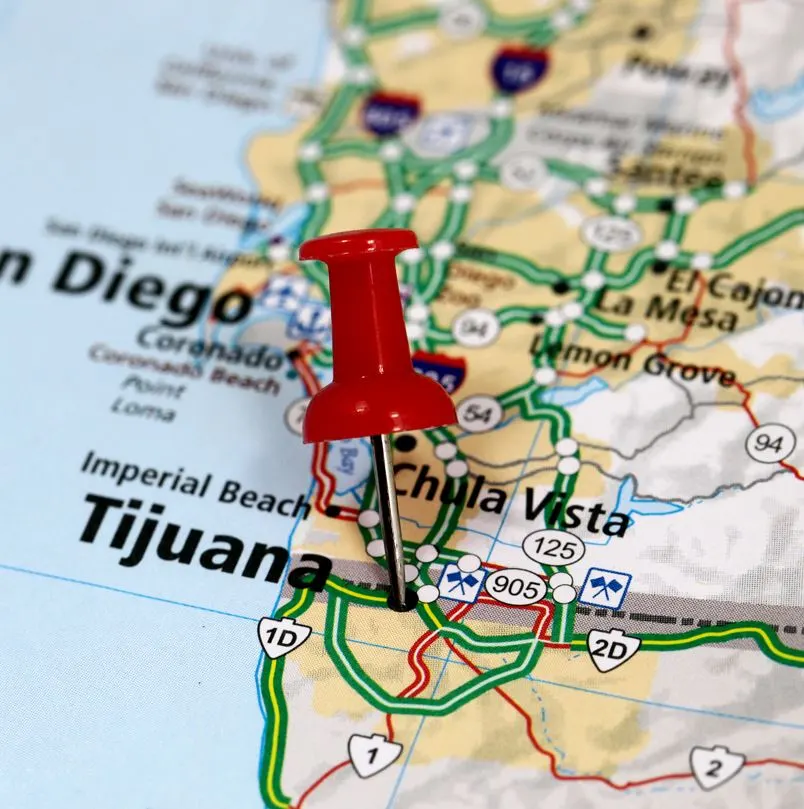
“Travelers may also use Highways 1 and 8 to transit to and from the Mexicali Airport during daylight hours. Travel on Highway 5 is permissible during daylight hours.”
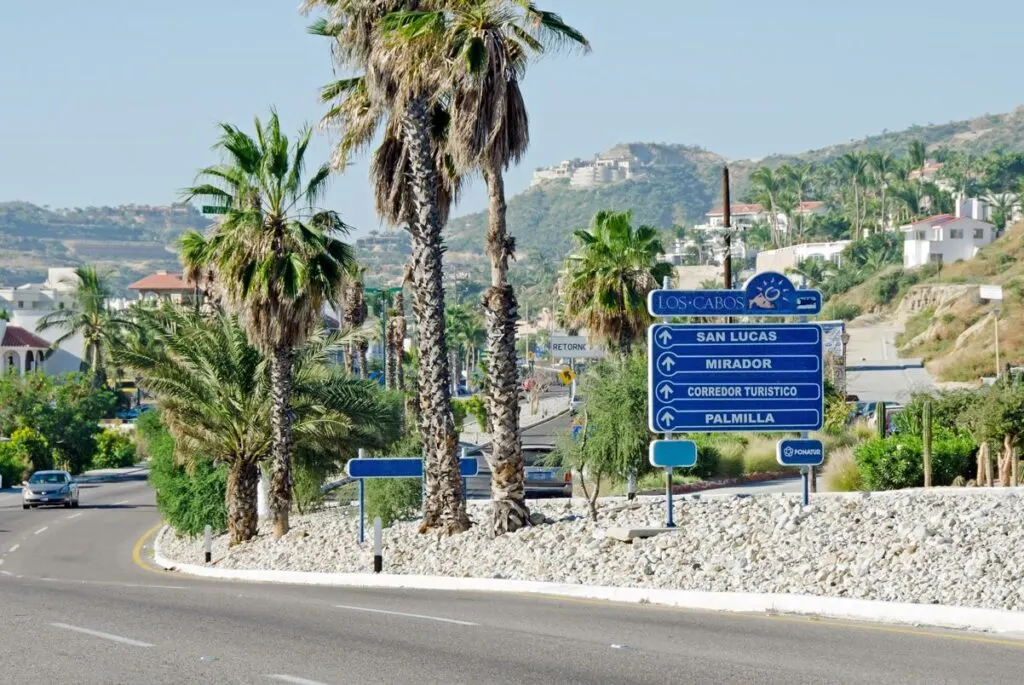
Authorities mostly warn travelers to stay out of the Mexicali Valley region, as well as other areas of the country that are located to the east of the Tijuana border. It’s important to clear up that the 1 federal highway is the same road that connects San Jose del Cabo, and Cabo San Lucas. Travel on this particular part of the highway is not necessarily discouraged. Although, it’s a good idea to be on the lookout for local traffic incidents, as accidents have become a common occurrence.
